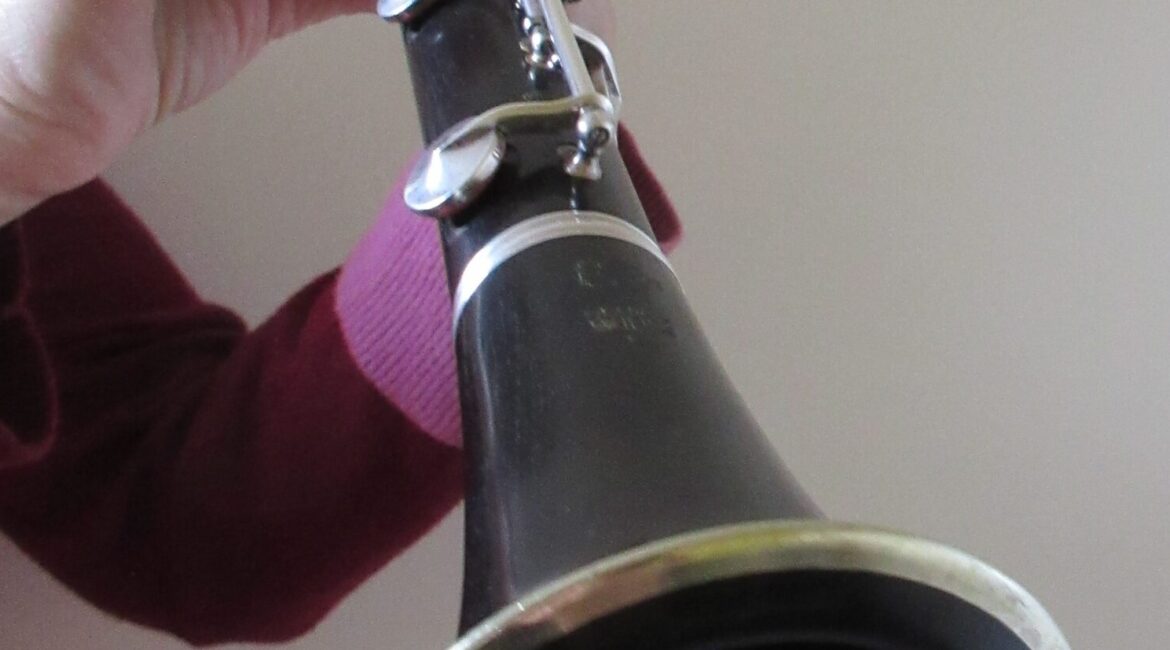I’m writing a new novel provisionally entitled City Roots. It’s set in 1956-57 and features Trad Jazz and Folk Revival as backgrounds. This has meant I needed to sort out some ideas on Trad Jazz.
ON TRAD
SIX THESES ON TRAD JAZZ IN THE UK
‘We were a bunch of roughnecks playing a purposely primitive music.’
Ken Colyer
Twentieth-century jazz was an ever-shifting, multi-dimensional form. It was African, so it evoked a primitive, magical past. It was American, so it spoke of the modern cityscape of the skyscraper and luxury automobile. It was a dance music, so it was non-intellectual, even anti-intellectual, toe-tapping fun. And it was an art music, so it was cerebral and difficult.
In the 1920s and 1930s, jazz was established in Britain as a commercial sound in dance halls. There anti-commercial reactions: calls for a ‘return’ of jazz to the apparent pre-commercial purity of the New Orleans sound. In early twentieth-century New Orleans, jazz had been played, for money, in night-clubs, public festivals and brothels—hardly the most promising birth of a non-commercial music.
During the Second World War, Trad jazz was forged as a distinct and viable form of jazz, in contrast to the still-popular big-band Swing. Trad’s origins were clearly working-class: it was founded by workers in armaments factories. They heard in Trad an escape from wartime austerity, misery and tension.
Trad was based on small groups not big bands, exuberance not style, emotionality not skill, joyous solos not riff-based repetition. The strength of the big band came in the factory-like coordination of a mass of musicians; the appeal of the small Trad group lay in the willing harmonization of a few individuals to a common cause, without the rise of virtuosic stars.
Trad was inspired by a dream: a mirage of New Orleans as a place of constant fraternal joy, where music flowed down the streets and in which difficult, divisive questions of race were happily dissolved. Conveniently, a journey to this New Jerusalem was no longer possible—even in 1950, British Trad-jazzers argued that the city’s original jazz culture had decayed. All that was left was the dream.
4.
Trad’s racial politics were ambiguous. At the same time as Trad expanded, countless village fetes and town parades celebrated the Festival of Britain by dressing up in blackface, cheerfully mimicking Zulus and Egyptians. The participants were confident that these cultural forms were available, appropriate and—above all—fun. Trad’s adoption and appropriation of an African—American art form could be seen in this light: as part of the established, dreary cultural sub-consciousness of Empire with its propensity to exploit and capture indigenous cultural forms.
And yet… The intensity of Trad’s identification with a Black musical form went beyond mere ‘let’s pretend’ play-acting. Trad celebrated the creativity of a self-taught subaltern class. It asserted an identification with the oppressed, racialized minorities at the heart of the most modern nation in the twentieth century: the USA.
So: objectification and solidarity.
The racial question remained open throughout Trad’s history: read Philip Larkin’s repeated grumbling about the black musicians who exerted control over ‘real’ jazz.
The dreamscape could be coloured in different ways. Elements in the British Communist Party saw Trad as an authentic proletarian form, linked to the earthiness of the blues.
For others, the exuberance and fun offered by Trad was the qualities to be clarified, channelled and then commodified.
6.
Professionalisation required the commodification of Trad’s constituent parts, to appeal more effectively to the market. Trad couldn’t compete with rock’n’roll’s rhythmic dynamism. Despite its mythification as a primitivist-modernist African-American form, it couldn’t compete with the new cool jazz as a cerebral, detached, art-music.
Trad’s clarification and commodification came through the assimilation of other colourful pasts, particularly a dreamy, nostalgic half-Victorian echo of the music hall. Rather than the music being fun, commercial Trad musicians were required to perform fun, by dressing or acting appropriately at concerts. Didactic digressions on the blues origins of jazz music were out, comedy patter was in.
Trad was now both American (easy, fun, classless, successful, modern) and English (small-scale, human, not taking itself too seriously).
The links between jazz and blues were largely jettisoned via skiffle, which reduced blues to sing-along chants.


